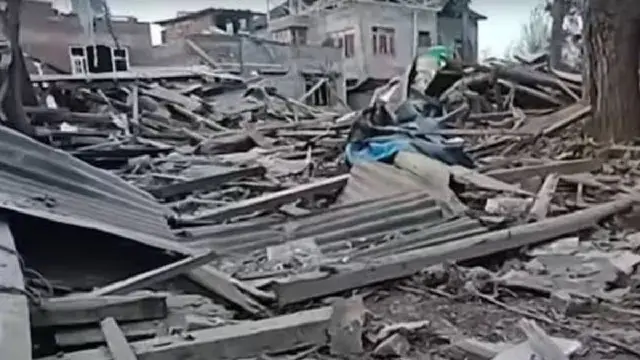Encounter Precedes Amarnath Yatra: Security Tightened Ahead of July 3 Start
An encounter unfolded in Jammu and Kashmir just a week before the Amarnath Yatra, scheduled to commence on July 3 and conclude on August 9.

An encounter between security forces and militants erupted in Jammu and Kashmir, just a week before the Amarnath Yatra is set to begin on July 3. This clash, occurring in the restive region, has heightened tensions as the pilgrimage season approaches. The Amarnath Yatra, a 38-day spiritual journey to the holy cave temple, will conclude on August 9, drawing thousands of devotees from across India and abroad.
Significance of the Yatra
The Amarnath cave, nestled in the Himalayas at 3,880 meters, is revered for its naturally formed ice lingam, symbolizing Lord Shiva. Each year, the yatra attracts a large number of pilgrims seeking divine blessings, with estimates suggesting over 400,000 participants this season.
Security Implications
The encounter, which resulted in the neutralization of two terrorists, has prompted an immediate security review. With the yatra beginning in just seven days, authorities are bolstering forces along the pilgrimage routes to counter potential threats. The Jammu and Kashmir Police, along with the Army and CRPF, are conducting joint operations to sanitize the area, especially after recent terror incidents like the Pahalgam attack. Checkpoints and surveillance have been intensified, reflecting the government’s commitment to safeguarding devotees.
Preparations and Challenges
Despite the security concerns, preparations are in full swing. The Shri Amarnath Shrine Board has arranged helicopter services, pony rides, and food stalls, while the local administration is bracing for the crowd. Weather forecasts predict monsoon rains, adding to the logistical challenges. Pilgrims are advised to register online and follow safety guidelines. As the countdown to July 3 continues, the encounter serves as a stark reminder of the delicate balance between spiritual fervor and regional stability.















